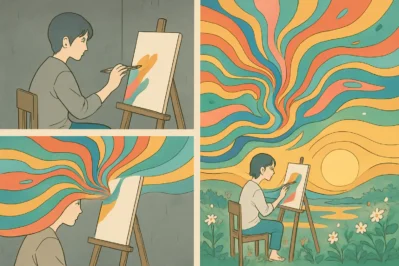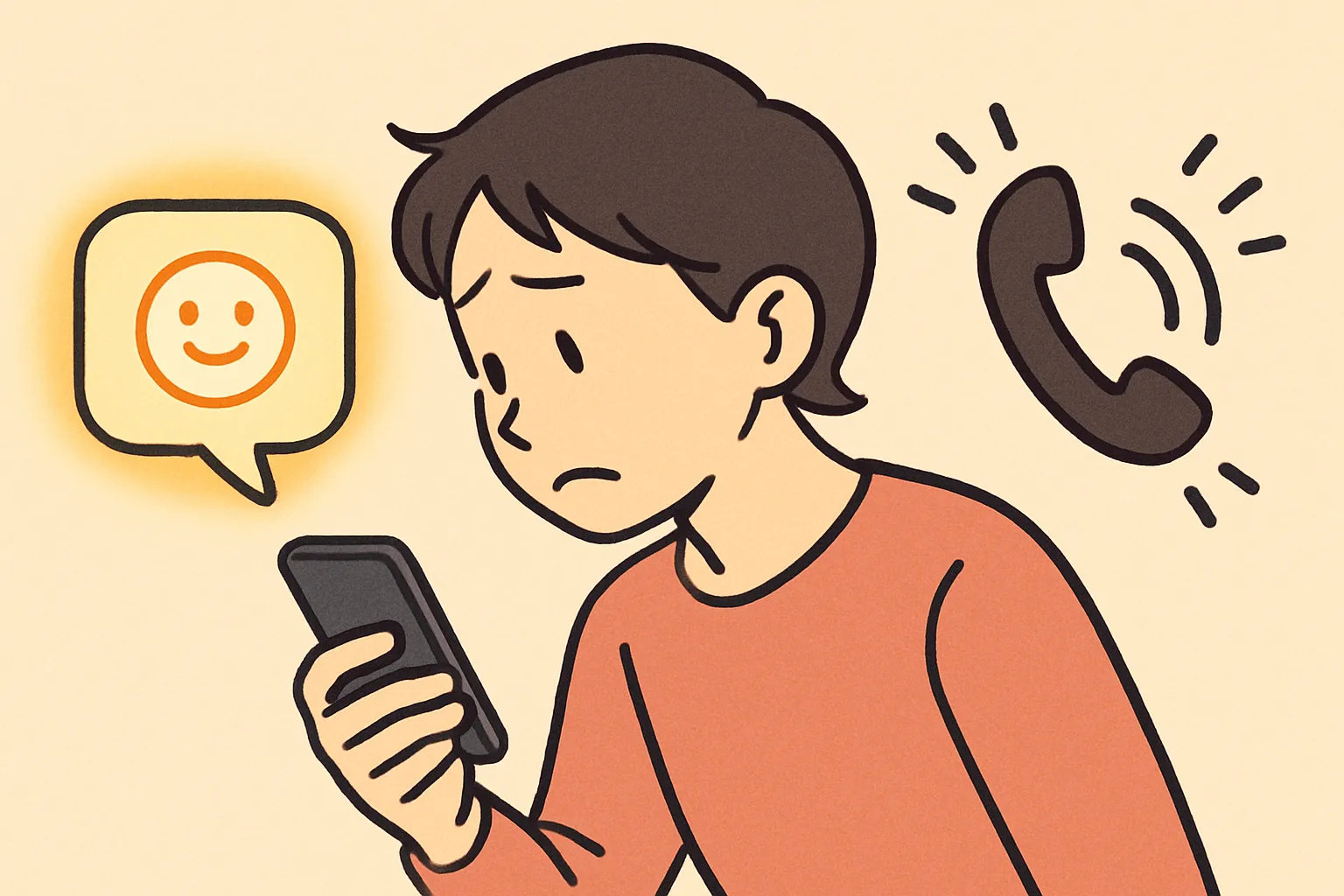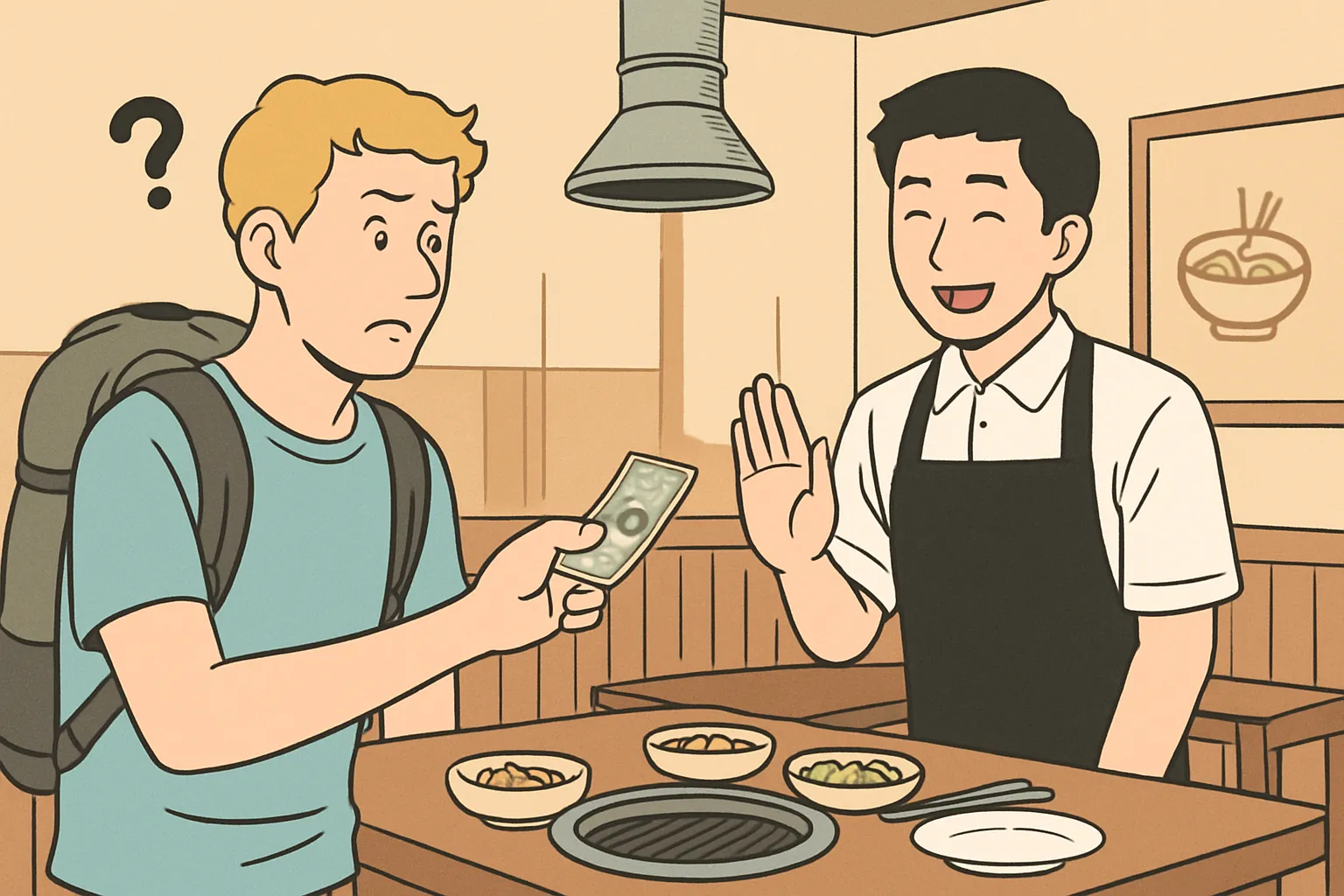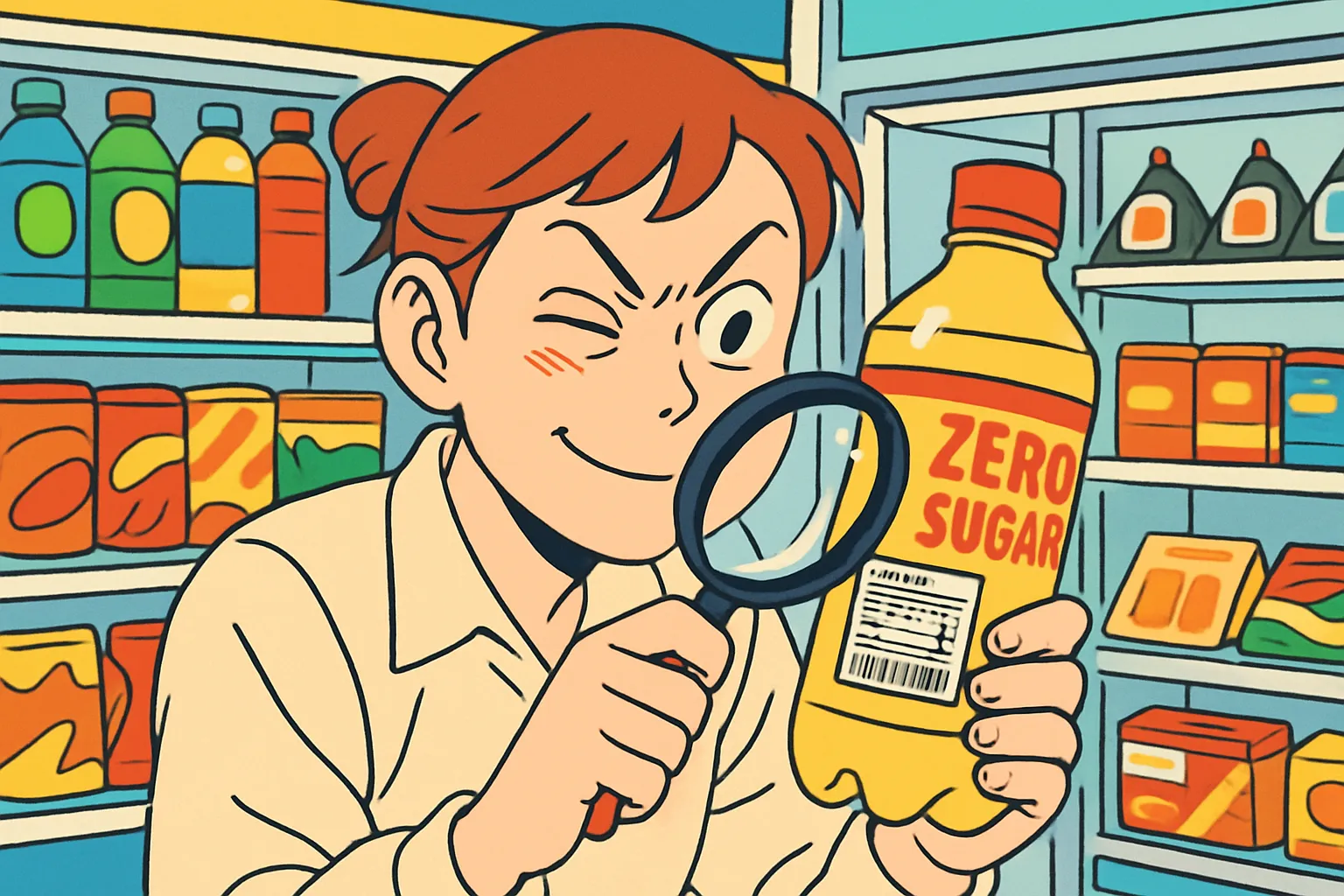The Art of Healing: Korea’s Art Therapy Trend
Hello! This is [Maeil Hangeul], here to upgrade your Korean skills to the next level!
Today, we’re diving deep into a sophisticated and fascinating topic: Art Therapy (미술 치료). We’ll explore the aesthetic principles behind this healing practice and learn the advanced vocabulary you need to discuss it fluently. Lately in Korea, “healing” (힐링) has become a major cultural keyword, and art therapy is emerging as a trendy and meaningful way for people to cope with the stresses of modern life. If you want to discuss topics like mental wellness and aesthetics like a native speaker, this post is for you!
Core Expressions for In-Depth Conversation
Here are some key expressions that will allow you to articulate the profound effects of art therapy.
1. 내면을 탐색하다 (Naemyeon-eul tamsaekhada)
* English Meaning: To explore one’s inner self; introspection.
* Detailed Explanation: This is a sophisticated phrase used in psychological or philosophical contexts. ‘내면’ (naemyeon) means ‘the inner side’ or ‘one’s inner world,’ and ‘탐색하다’ (tamsaekhada) means ‘to explore’ or ‘to search.’ It implies a deep, meaningful journey into your own thoughts, feelings, and memories, rather than just casual self-reflection. It’s a key concept in any form of therapy.
2. 심미적 체험 (Simmi-jeok cheheom)
* English Meaning: Aesthetic experience.
* Detailed Explanation: This is a more academic term. ‘심미적’ (simmi-jeok) is the adjectival form of ‘aesthetics,’ the study of beauty. ‘체험’ (cheheom) means ‘experience.’ A ‘심미적 체험’ isn’t just about seeing something beautiful; it refers to the profound emotional and intellectual response one has when engaging with art. In art therapy, this experience is the catalyst for healing.
3. 정서적 정화 (Jeongseo-jeok jeonghwa)
* English Meaning: Emotional catharsis; emotional purification.
* Detailed Explanation: This term directly describes a core goal of therapy. ‘정서적’ (jeongseo-jeok) means ‘emotional,’ and ‘정화’ (jeonghwa) means ‘purification’ or ‘cleansing.’ It’s the Korean equivalent of the Greek concept of catharsis—the process of releasing, and thereby providing relief from, strong or repressed emotions. It’s the feeling of a weight being lifted from your shoulders after a powerful experience.
4. 무의식을 표출하다 (Muuisig-eul pyochulhada)
* English Meaning: To express the unconscious.
* Detailed Explanation: This is a clinical and psychoanalytic term. ‘무의식’ (muuisik) is the ‘unconscious mind,’ and ‘표출하다’ (pyochulhada) means ‘to express’ or ‘to manifest outwardly.’ Art therapy is powerful because it provides a non-verbal channel to express thoughts and feelings from the unconscious that are difficult to articulate with words.
Example Dialogue
Let’s see how these advanced terms are used in a natural conversation.
- A: 요즘 업무 스트레스가 너무 심해서 번아웃 직전이야. 뭔가 새로운 돌파구가 필요해.
(Lately, my work stress is so intense, I’m on the verge of burnout. I need some kind of breakthrough.) - B: 얼마 전에 잡지에서 봤는데, 미술 치료가 그렇게 좋대. 꼭 심리적인 문제가 없어도 많이들 하더라고.
(I read in a magazine recently that art therapy is really good for you. Apparently, a lot of people do it even if they don’t have serious psychological issues.) - A: 미술 치료? 나는 그림에 소질이 없는데…
(Art therapy? I have no talent for drawing…) - B: 실력은 전혀 상관없어. 중요한 건 작품을 만드는 심미적 체험을 통해 자신의 내면을 탐색하는 거지. 그 과정에서 억눌렸던 감정을 해소하고 정서적 정화를 경험하게 된대. 말로 하기 힘든 무의식을 표출하는 효과도 있고.
(Skill has nothing to do with it. The important thing is exploring your inner self through the aesthetic experience of creating something. They say that in the process, you can resolve suppressed feelings and experience emotional catharsis. It also has the effect of expressing the unconscious things that are hard to put into words.)
Cultural Tip & Trend Deep Dive: #HealingCulture in Korea
The rise of art therapy in Korea is deeply connected to the broader “힐링 (healing)” culture. In a society known for its fast-paced, high-pressure environment, anything that offers a moment of peace and self-care is embraced.
- From Clinics to Cafes: Art therapy is no longer confined to clinical settings. You can now find “healing cafes” (힐링 카페) and one-day workshops (원데이 클래스) in trendy neighborhoods like Seongsu-dong and Yeonnam-dong. Here, you can paint, work with clay, or create mandalas as a mainstream wellness activity.
- Modern Meets Traditional: A popular new trend is incorporating traditional Korean art forms into therapy sessions. Imagine finding your inner peace while practicing ‘수묵화’ (ink wash painting) or coloring intricate ‘민화’ (folk paintings). This provides a unique cultural connection, making the experience even more profound. Knowing this will definitely make you sound like an insider!
Let’s Review and Practice!
Today, we learned four advanced expressions to discuss the aesthetic and psychological principles of art therapy: 내면을 탐색하다, 심미적 체험, 정서적 정화, and 무의식을 표출하다.
Now, it’s your turn to practice!
- Fill in the blanks using the words we learned today.
미술 치료는 창작이라는 ( ________ ______ )을 통해, 말로는 표현하기 힘든 ( ______ )을/를 안전하게 ( ______ )는 과정이다.
(Art therapy is a process of safely ____ the ____ which is difficult to express in words, through the ____ ____ of creation.) - Sentence Making: Think about a movie, a song, or a piece of art that gave you a strong sense of ‘정서적 정화’ (emotional catharsis). Describe that experience in one or two Korean sentences.
Share your answers in the comments below! We’d love to see you use these new expressions. Keep up the fantastic work






